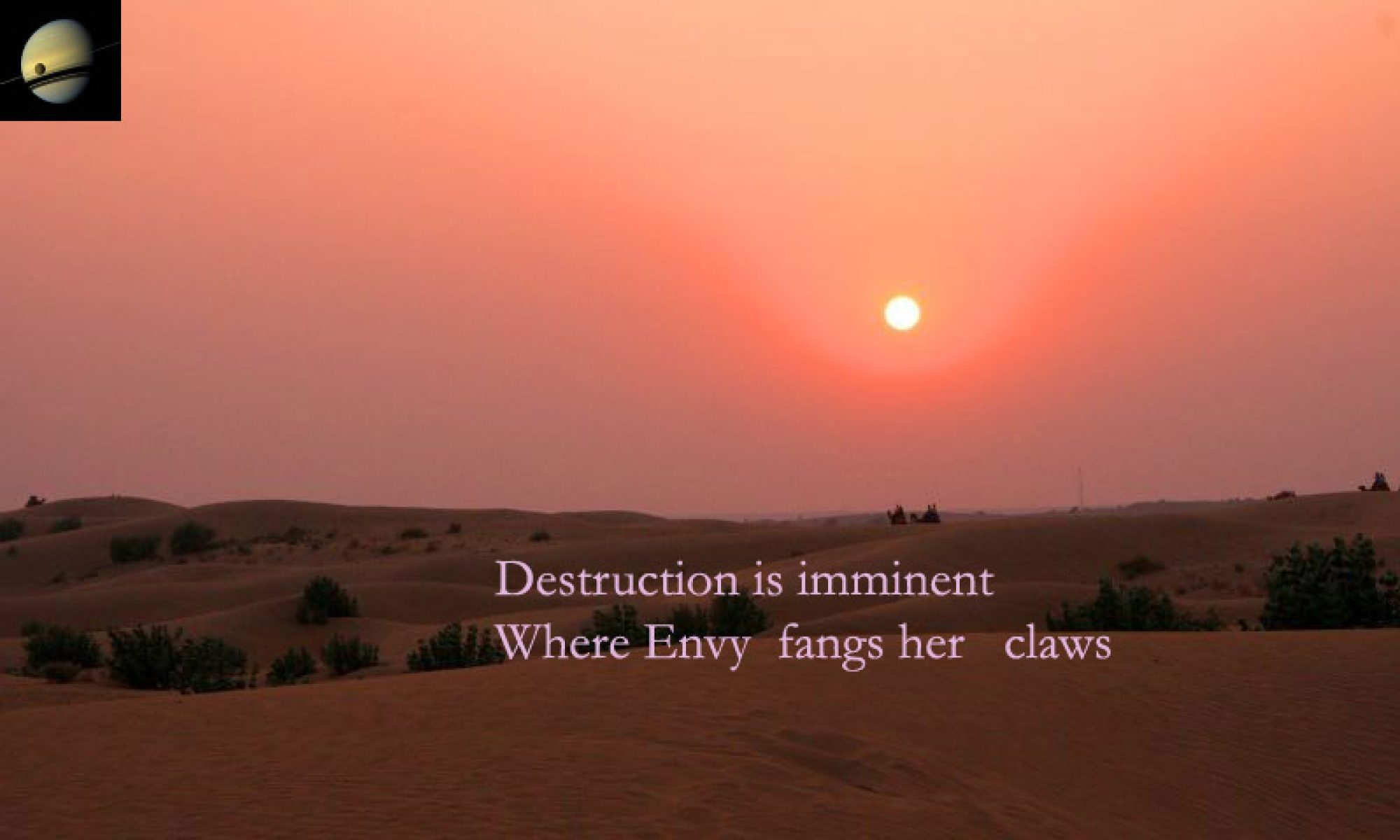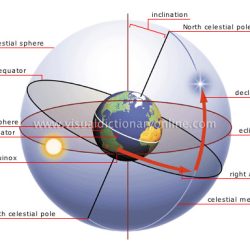All celestial bodies appear to rise in the east, travel westward and set in the west, because of this relative diurnal motion. When the axis of the earth’s rotation is extended, it meets the Celestial Sphere on two diametrically opposite points called Celestial Poles. The one in the direction of the Earth’s north pole is called the North Celestial Pole and the one in the opposite direction is called the South Celestial Pole.
The Celestial Horizon, the Kshitija
To the observer standing at a place on the surface of the earth and looking around describing a full circle, the earth appears to meet the Heavens along a circle. From the observers’ frame of reference, this circle is called the Celestial Horizon, the Khshitija.
The Celestial Meridian, the Nadi Vritta
Almost 90 degrees to the Celestial Horizon, you will find another circle ( the line perpendicular to the plane of the horizon ). This Circle is the Celestial Meridian. The highest point on this Celestial Meridian is called Zenith, the MC and the lowest, the Nadir or IC.

